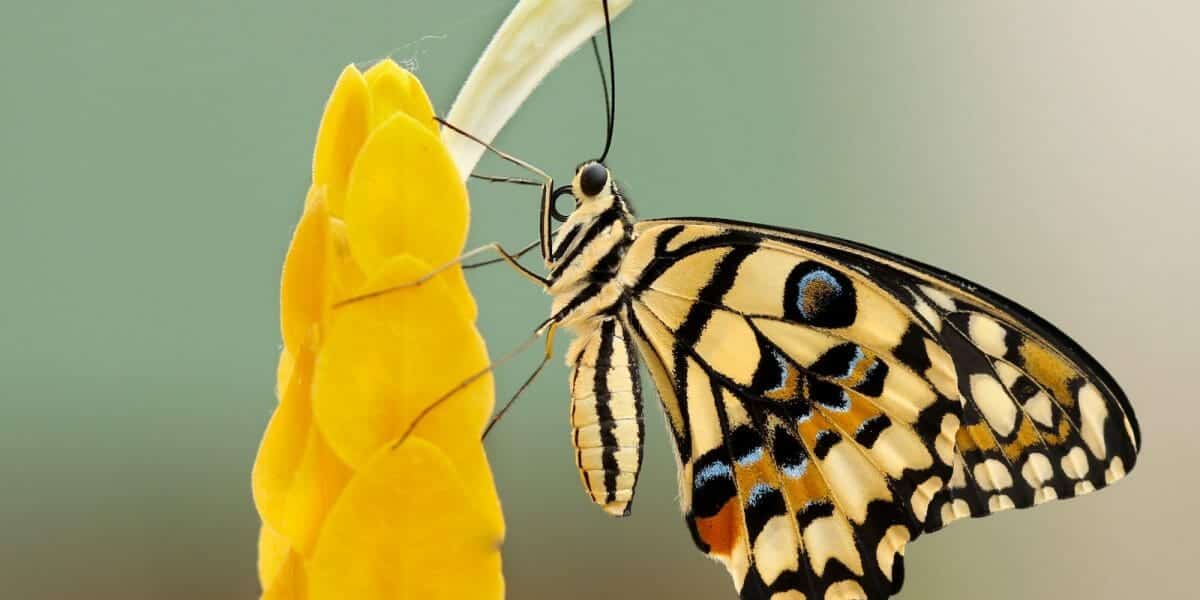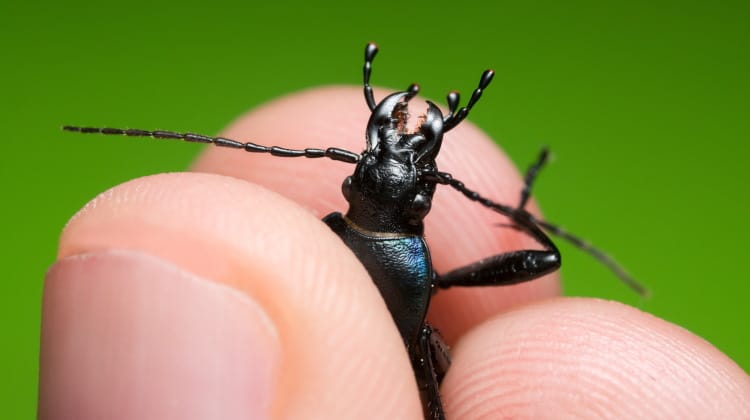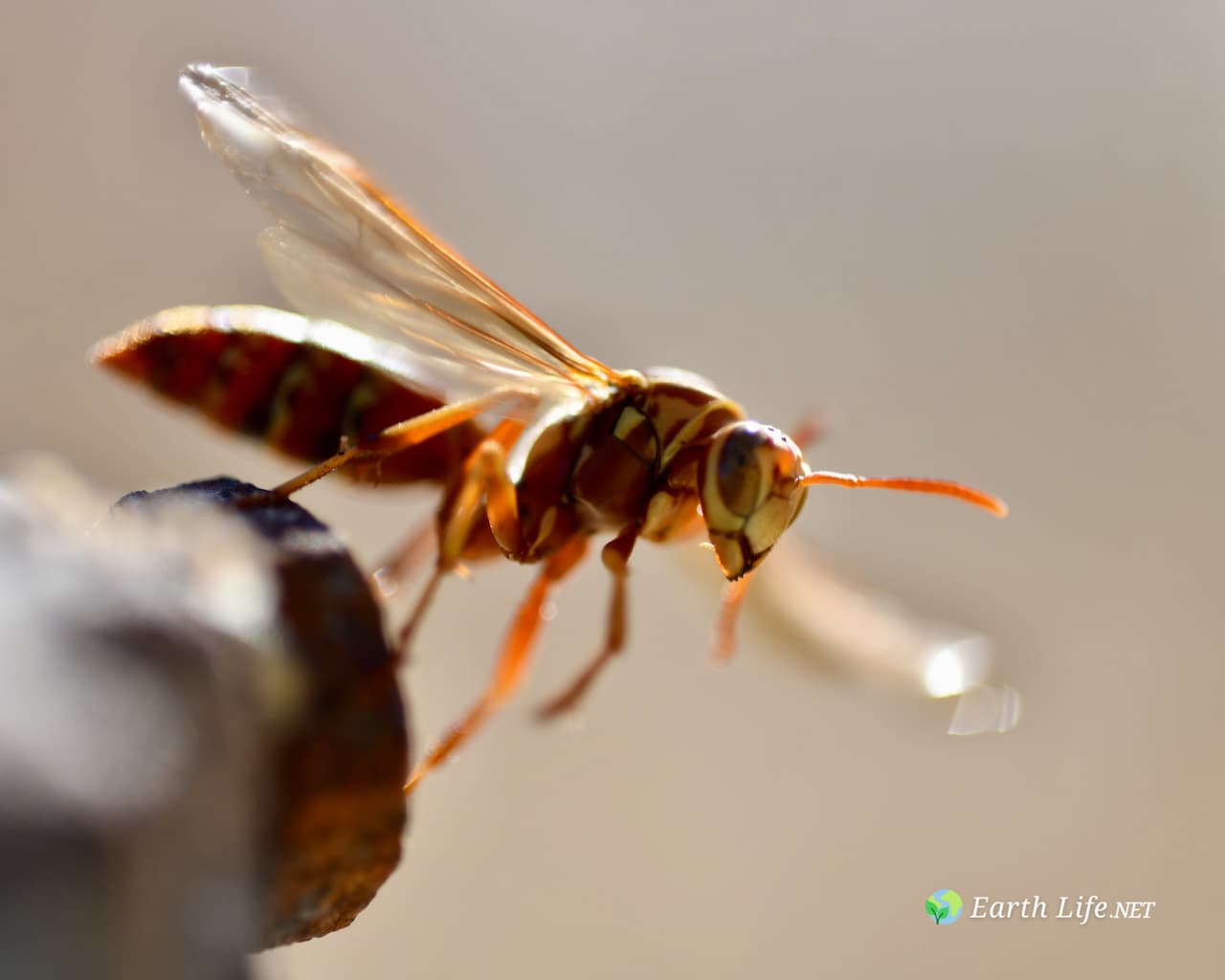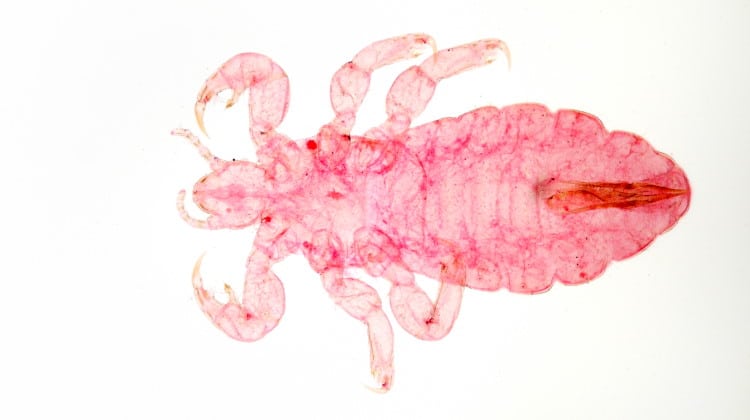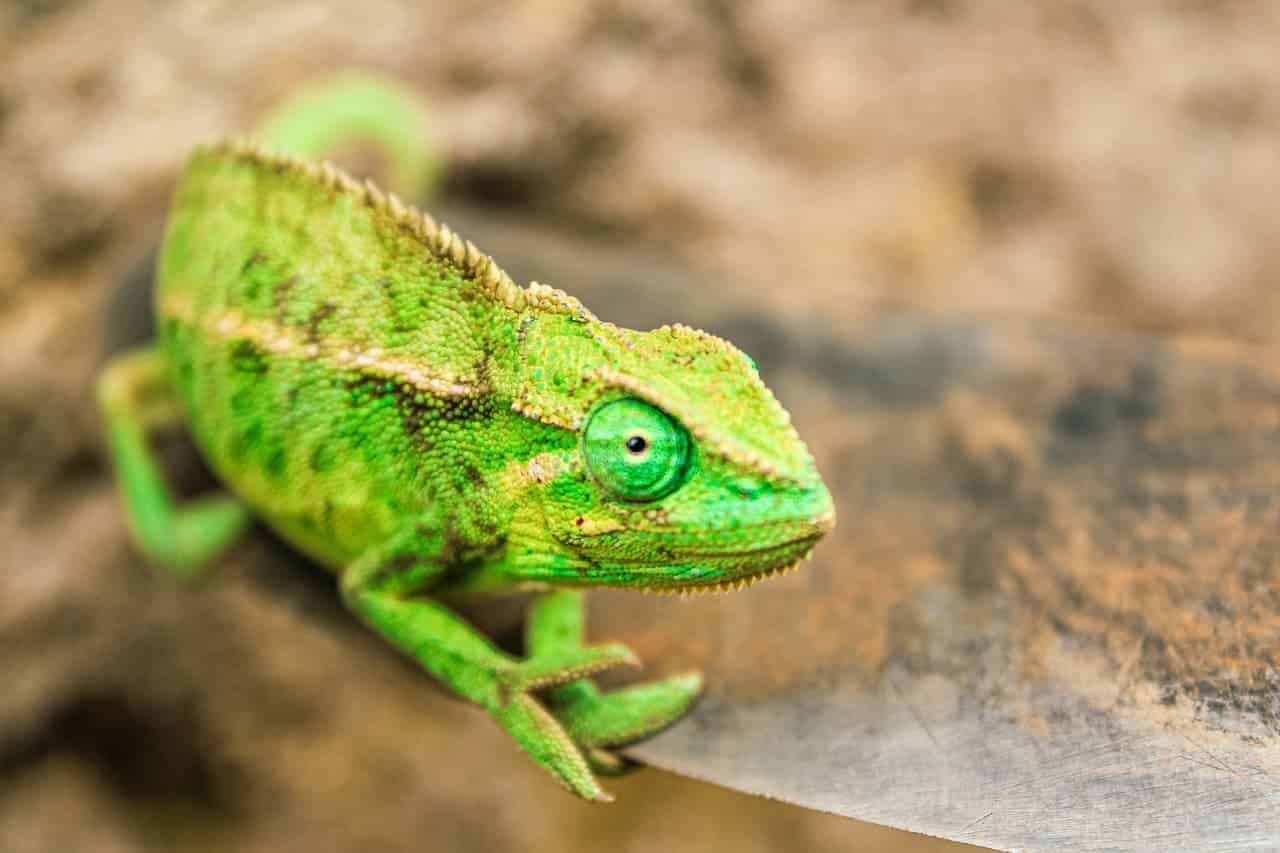Ancient Entomotherapy – Traditional Medicinal Use Of Insects
Insects have long been used for treating human diseases. In this blog, I will cover instances of ancient entomotherapy.
Earwig powdered and mixed with hares urine was considered to be a cure for deafness if poured into the ears each night before going to bed.
Members of the beetle family Meloidae (Oil Beetles) particularly Spanish Fly (Lyta vesicatoria) have long been used in medicine, the active ingredient is cantharadin C8H12O(CO)2O.

Image retrieved from Wikimedia Commons
It has been used in various ways including as lotions for baldness and in love potions despite the fact that it is actually very poisonous, causing strong gastro-irritation, vomiting, and ultimately death.
There is a Chrysomelid Beetle Diamphidia simplex in Africa that exudes a poison that is a powerful hemolytic and causes death by general paralysis, it is used by the Bushmen of Africa to ‘tip’ their arrows. (It is not all frogs you see).

The grub of the beetle Rhinocyllus conicus was known in the past as Antiodontalgicus and it was used as a cure for toothache.
Up until recently Bed Bugs (Reduviidae) were regarded as a cure for malaria in a variety of forms.
Ladybirds (Coccinellidae) were once considered efficacious for the cure of colic and measles, while a crushed Ladybird placed in a hole in a tooth was said to release the pain immediately.

In parts of Europe powdered Cockroach was sold under the name ‘Pulvis Tarakanae’ as a remedy for pleurisy and pericarditis.
Formic acid from ants of the genus Formica was described by Hildegard of Bingen in 1,000 AD as a cure for neurotic troubles.

Bee stings were widely reputed to be a remedy for rheumatism, modern science was still investigating this as recently as 1940 as Beekeepers appear to be immune from rheumatism.

